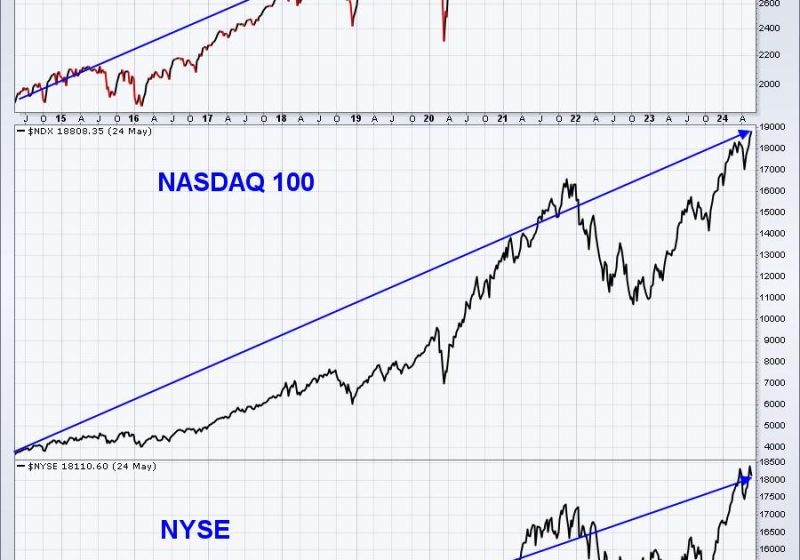
Enhance Your Trading Game: Unveiling 4 Steps to Boost Your Process and Results
Step 1: Develop a Solid Trading Plan
Creating a well-defined trading plan is the first step towards improving your trading process and results. A trading plan serves as your roadmap, outlining your goals, risk tolerance, trading strategies, and approach to decision-making. Start by thoroughly analyzing your financial goals and risk tolerance to determine the type of trader you want to be. Are you a day trader looking for quick profits, or are you a long-term investor seeking capital appreciation over time?
Once you have a clear understanding of your trading objectives, it’s essential to define your trading strategies. This includes determining the type of assets you want to trade, the timeframes you will be monitoring, and the indicators or tools you will use for analysis. Additionally, establish rules and guidelines for entering and exiting trades, managing risk, and handling unexpected market movements. By developing a comprehensive trading plan, you set yourself up for consistency and discipline in your trading activities.
Step 2: Conduct Thorough Market Analysis
To improve your trading process and results, it’s crucial to conduct thorough market analysis before making any trading decisions. Stay informed about market trends, economic indicators, geopolitical events, and other factors that could impact the assets you trade. Utilize both technical and fundamental analysis to identify potential trading opportunities and assess the risk-reward ratio of each trade.
Technical analysis involves studying price charts and utilizing indicators like moving averages, RSI, and MACD to make informed decisions about when to enter or exit trades. Fundamental analysis, on the other hand, focuses on examining the underlying economic factors that influence asset prices. By combining these two approaches, you can gain a well-rounded view of the market and make more informed trading decisions.
Step 3: Implement Risk Management Strategies
Effective risk management is essential for successful trading. Implementing risk management strategies can help protect your capital and minimize losses in volatile market conditions. One key strategy is to set stop-loss orders to automatically exit trades if the market moves against you beyond a certain threshold. This helps limit potential losses and prevents emotional decision-making during turbulent market conditions.
Additionally, consider diversifying your trading portfolio to spread risk across different assets and sectors. By diversifying, you reduce the impact of negative events affecting any single asset on your overall portfolio. Remember to size your positions appropriately based on your risk tolerance and the size of your trading account. Avoid risking more than a small percentage of your capital on any single trade to preserve your trading account in the long run.
Step 4: Review and Improve Your Trading Performance
Continuous self-assessment and improvement are vital components of refining your trading process and achieving better results. Regularly review your trading performance by analyzing your trades, identifying strengths and weaknesses, and learning from your mistakes. Keep a trading journal to track your trades, record your thoughts and emotions during trades, and evaluate the effectiveness of your strategies over time.
Seek feedback from experienced traders, attend trading seminars, and participate in online trading communities to expand your knowledge and gain new insights into trading techniques. Consider backtesting your trading strategies using historical data to assess their performance under different market conditions. By reviewing and improving your trading performance continuously, you can adapt to changing market dynamics and enhance your trading skills over time.
